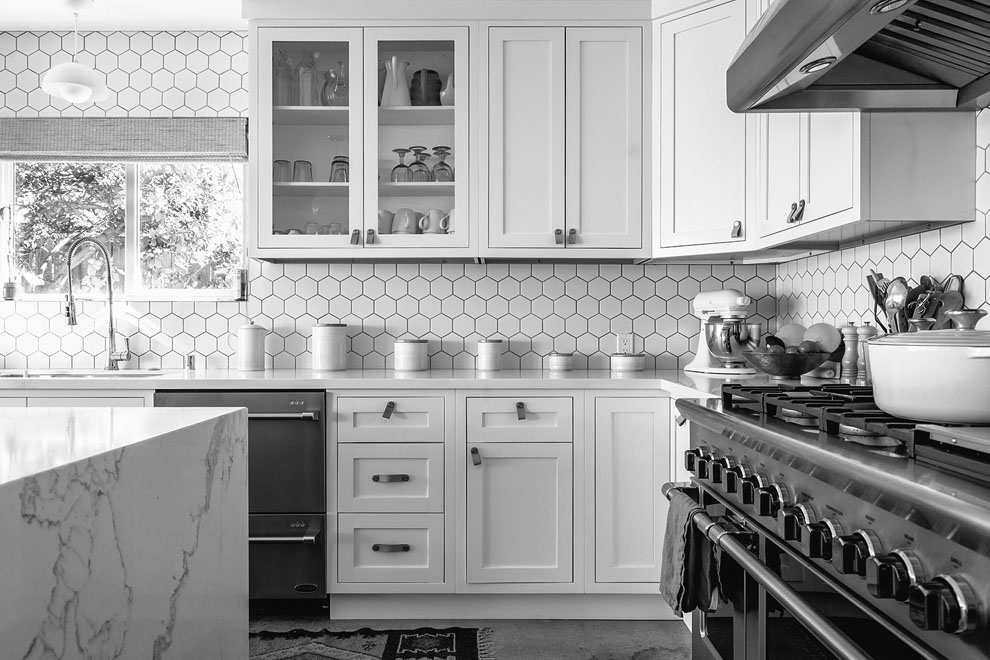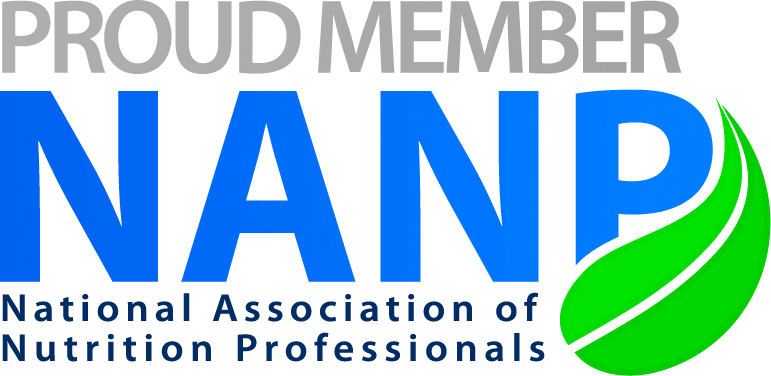I have a client who’s name is Anna. Not too long ago, we were wrapping up our initial session and getting clear on her goals. She had multiple autoimmune issues, her energy was in the toilet, she wasn’t sleeping, and she was a good 30-40lbs overweight.
I’d explained what our work together would look like over the next six months: the labs, the dietary changes, the supplements, the commitment. She was ready and eager to get going when I asked that fateful question:
“Do you have the support at home you’ll need with this? Will your family be willing to modify some of their habits to make this doable for you?”
She literally laughed out loud.
“HA! I’m not even telling my husband about the work I’m doing with you. He doesn’t believe in any of this.”
Major red flag.
I dug in with more questions: how was she going to have the support at home to make the hard dietary and behavior changes without his support? How was she going to explain why she was eating differently? Would she be able to resist her favorite foods if they were still in the house because he liked them?
She assured me she could handle it. She had the willpower to make it through.
I was concerned and pushed back, but after a long conversation, wanting to believe she could do it and keen to help her, I relented and we started her program.
It probably comes as no surprise that our work together was a total disaster.
Anna would do fine when her husband wasn’t around, but as soon as he got home, she’d go back to her old habits in an effort to keep him happy. She tried to ignore the treats he’d bring home, but would find herself caving in when she was tired at night. She initially tried not eating at the main family meal so that he couldn’t see her making different choices, and then eat privately later. You can guess how long that lasted…
This is an extreme example, but it highlights how powerful and vitally important our environment is when attempting to create behavior change.
We know that, as nutrition professionals, our clients only get results if they actually implement the changes we recommend. This often means making a series of small but difficult choices throughout the day: Grab a quick bowl of cereal or make the more nutrient-dense egg-and-veggie breakfast? Say no thank you to the bread basket at lunch, or just sneak *one little piece* (that doesn’t really count, does it?) since it looks so good and it came out hot? Ask the waiter the awkward questions about what ingredients are in the entree you’re considering, or just order the sandwich you really want and not make a fuss?
While we do everything possible to empower clients to make those healthy choices, the reality is that too often the healthier choice is the less convenient, more expensive, more socially isolating choice. Is it any wonder it’s so hard?
Our job as clinicians, however, is to make our recommendations as achievable and habitual as possible. We want to inspire “automacity” – the process by which behaviors become subconscious, automatic, and easily doable without any thought or conscious deliberation necessary.
The absolute worst scenario is to leave it up to our clients’ willpower like I did with Anna. That is a recipe for failure – even for the most disciplined of individuals. Instead, we want to support clients to take a hard look at their environment. They need our help in setting it up so that it’s working in their favor. This concept might sound simple, and it can be, but it’s amazing how many times we skip it.
Benjamin Hardy, author of Willpower Doesn’t Work, explains that our external environment impacts our daily actions and decisions far more than we realize. It can be the obstacle preventing us from moving forward, or it can be the ally helping us achieve our goals in record time. The ideal is that “you are not in conflict with your environment, but being pulled forward by it.” He recommends we outsource our willpower to our environments – have them working FOR us and our goals, not against us.
I’ll share a personal example: in January of this year, I made a conscious decision to quit alcohol for good. Even though I only drank a glass or two of wine, keeping it as an option at the end of a long day meant I’d opt for it more often than not. I knew that if there was any of it around, I’d not be successful in my attempt to quit, and so I changed my environment and made it my ally.
We gave away all the wine in the house; we invested in a soda stream so I could replace my glass of wine with a drink that felt ‘fancy’; I enrolled my husband in supporting me, so that when we went out for our anniversary dinner in February and the waiter brought us complimentary champagne, before I could even react my husband jumped in with “Oh we don’t drink – could we have a mocktail instead?” In all of these small but critically important ways, my willpower didn’t even need to enter the picture. I had outsourced my goal to my environment.
Here’s a process you can use both for yourself and with clients to ensure that the environment is helping to optimize successful implementation of the necessary changes required to reclaim their health:
- What is the goal? Getting clear on what you’re trying to achieve is where to start.
- Do an inventory of one’s environment. What in that environment supports that goal? What aspects of the environment are working against the goal? Remove anything that’s not supporting the goal, and enhance those aspects that are supporting it. In my example above, this was removing all alcohol, and buying a soda stream instead.
- Remember that other people are part of your environment – are they supporting or sabotaging your ability to achieve your goal? How can they support you better? What conversations do you need to have? Consider the difference between how my husband jumped in to support my decision at our anniversary dinner, versus how Anna’s husband is unintentionally sabotaging her health.
- What can you automate? Where can you remove decisions? For example, what to make for dinner can be a stumbling point for clients, so helping them come up with a 3-5 day meal plan they can rotate through will take this dilemma off the table.
- What accountability can you build into the process?
Another aspect of this process is planning for inevitable failure. Mishaps occur, and when we work with 3-6 month protocols, there are bound to be slip-ups. Mitigate their impact by thinking them through the possibilities ahead of time and create a game plan for how to handle them. Ask your client about their potential temptations – anything that might tempt them to go off-plan? What are their highest risk areas for self-sabotage in this process?
Then, for every one of these scenarios, find an alternative behavior that they can default to instead. We don’t want to pull something out – e.g., an afternoon piece of chocolate – without adding something back in to replace it. For example, if I crave a piece of chocolate or something sweet in the afternoon, I’ll drink a big glass of water and walk around the block instead.
As Hardy says, “Your environment reveals you, both to yourself and to other people.” What does your environment say about you? And how can you focus on supporting your clients’ environments so they have the greatest possible chance for success in their work with you?







